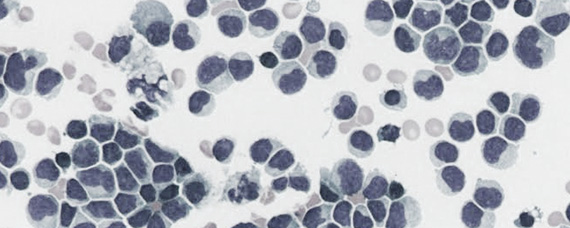People living with HIV have a reduced lifespan, an increase in co-morbidities, and psychosocial dysmorphias. Clearly, the need for a cure for HIV/AIDS remains compelling. Most cure efforts focus on targeting the latent reservoir, believed to be the major obstacle for eradicating HIV. The underlying principle involves reactivation of quiescent cells where it is thought that viral cytopathic effects or immune mediated clearance allows elimination of the now “visible” infected cells. Latency reversing agents (LRA) then act by either activating resting cells, or by epigenetic de-silencing.
Further strategies for a cure fall under two groups:
- Those who seek a ‘functional’ cure (where a remission from disease in the absence of treatment is maintained, with long-term health in the presence of possibly low-level viremia)
- Those who seek a ‘sterilizing cure’ (where the virus is eliminated, with no evidence of any infected cell or viremia)
Current “shock and kill” approaches extend LRA efficacy by pairing them with immune effectors in the hopes of mediating at least a functional cure - keeping the virus in check upon reactivation (i.e., the LRAs “shock the virus out of hiding” in the latent cells, and the immune effectors then kill the cell).




